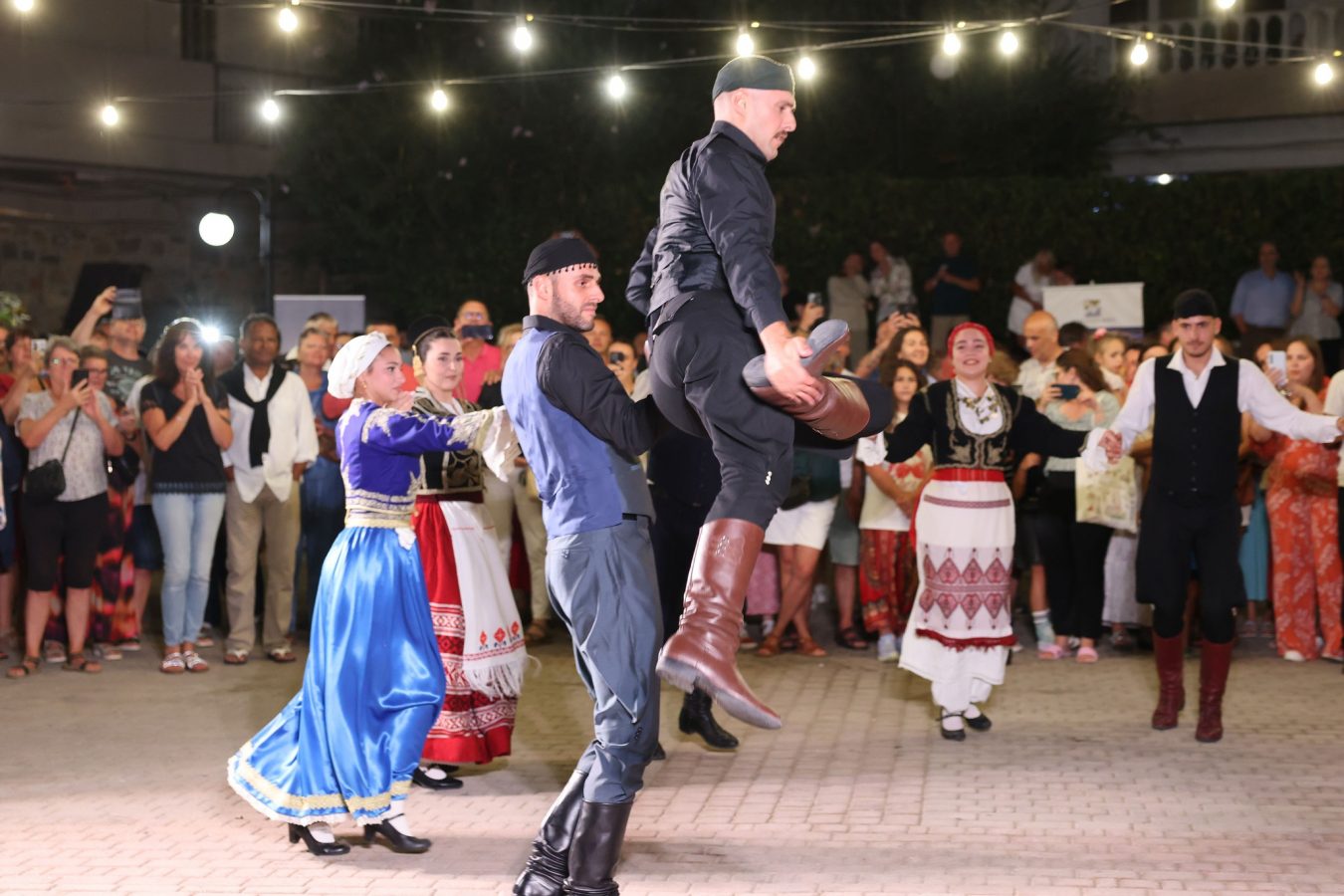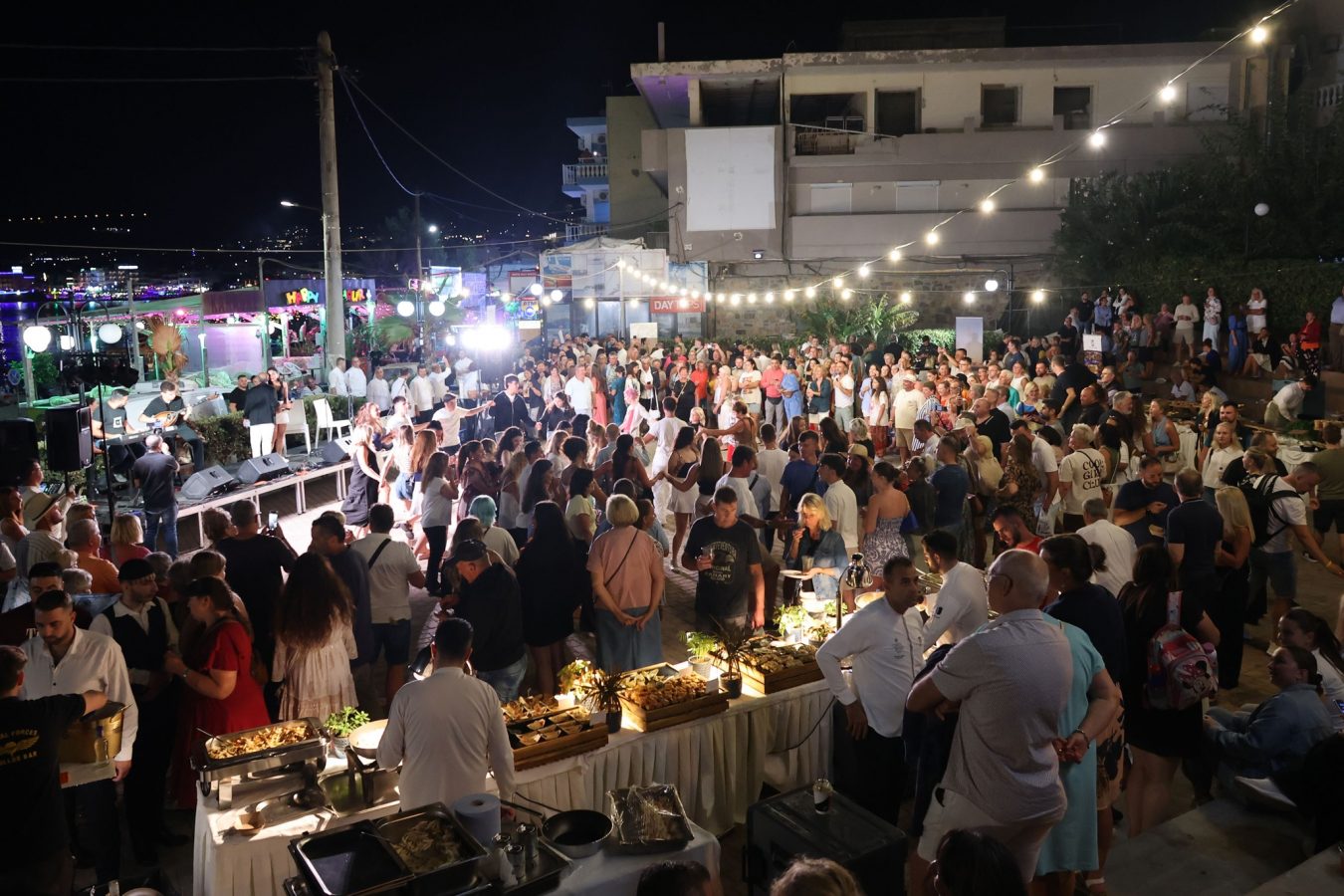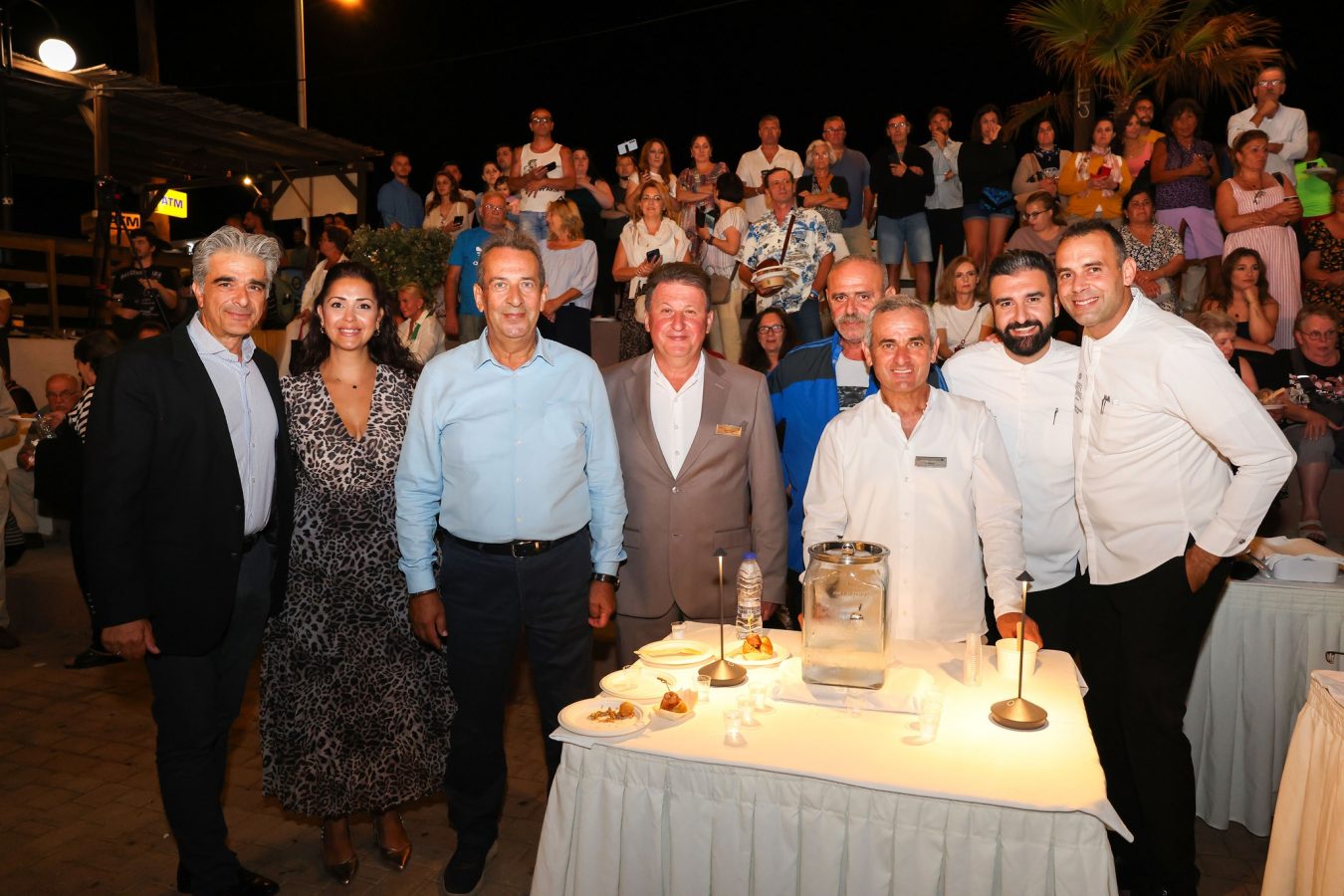For one week in late September, Hersonissos stopped being just another busy resort town and transformed into a living postcard of Cretan life. Streets filled with music, squares pulsed with dancers, and visitors discovered that “tourism days” in Crete usually end with raki in hand.
“With the great response of the people and the enthusiastic participation of locals and visitors, the Tourism Days 2025 confirmed that our tradition and culture are the strongest ambassadors of our region,” said Mayor Zacharias Doxastakis, describing the closing event in Analipsi
The festival opened on September 22 in Stalida, where the square of Agios Ioannis hosted a night of traditional music and dancing. Locals offered bites of Cretan cooking and glasses of raki, and visitors clapped along, convinced that they, too, could master the tricky steps of a Cretan circle dance.

A Traveling Festival Across Villages and Squares
Instead of being fixed in one place, the celebration traveled across the municipality like a moving fair. Each day, a different village became the setting:
- September 22 – Stalida: Opening night with lyra, dance, food tastings, and raki.
- September 23 – Ano Hersonissos & Hersonissos Port: Two stages at once — folklore in the hills, music and nostalgia by the sea.
- September 24 – Mochos & Gouves: Free tours of the Folklore Museum of Mochos and the Olaf Palme Museum, guided by professional tour guides; transport offered by locals.
- September 25 – Gouves: Agios Konstantinos square filled with food stalls, music, and dancing.
- September 26 – Malia: Visitors and locals shared an evening of Cretan hospitality in the heart of the town.
- September 27 – Analipsi: Finale at the square of Agia Marina, closing the festival with song, dance, and promises of return.

Each night drew crowds of visitors who seemed as delighted by the food and drink as by the sense of being included in something deeply local.
“Our close cooperation with hoteliers, professionals, and everyone who has always embraced this effort highlights our commitment to a tourism that is qualitative, sustainable, and human. We will continue with vision and respect for tradition, to strengthen initiatives that showcase the heart of Crete,” added Mayor Zacharias Doxastakis

More Than a Festival, a Tourist Experience
For many visitors, the highlight was not only the music or food but the chance to wander into smaller villages like Mochos or Gouves and feel part of local life. Free tours, shared tables, and the mix of nostalgia and celebration blurred the line between “audience” and “participant.”
In Hersonissos, tourism is not just about beaches and hotels. For one week, it became a story written in music, food, and laughter — and every tourist left with the feeling that they had joined a Cretan family gathering.